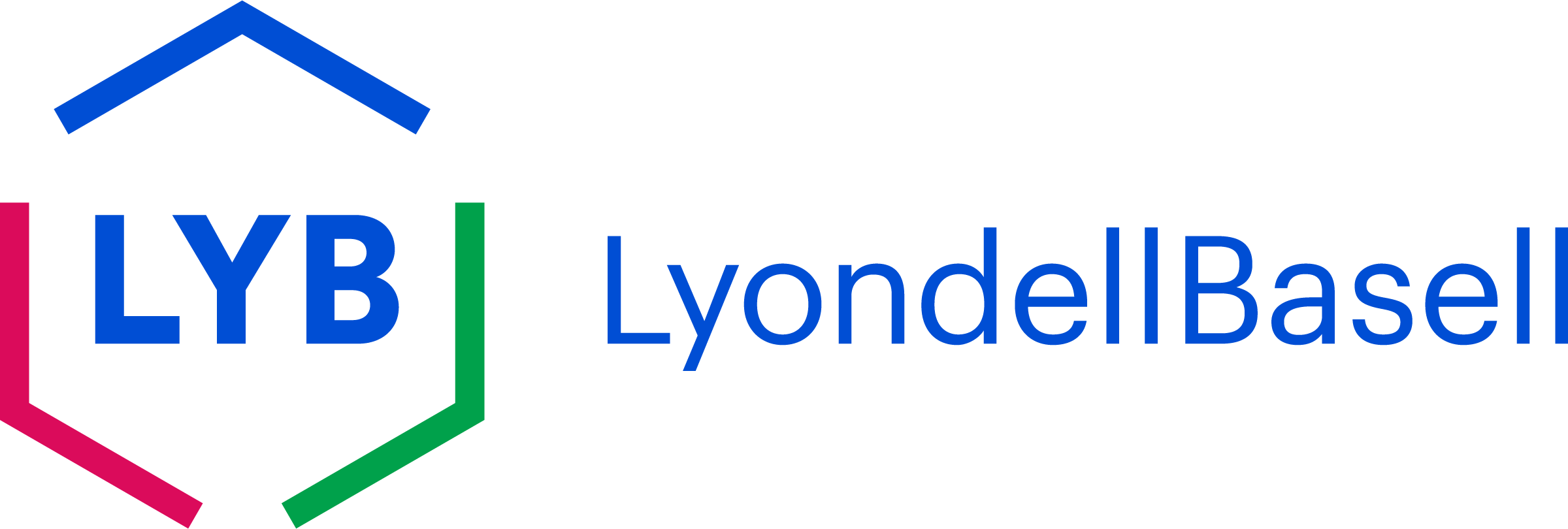Busy lifestyles, more unconventional working hours and a rise in single person households have changed eating patterns around the world. With more people preparing meals at home, strong demand exists for fresh food products in small quantities and home meal replacements. According to Allied Market Research, global ready-meals market is expected to grow by over 10 percent in each of the next five years.
Consumers are looking for the quick and easy solution. The days of pulling out the scissors to open a package are limited, especially when a simple pull will do. This means modern food packaging needs to be easy to open with little force and without the need for scissors. Some even need to allow for safe re-sealing once the desired serving amount has been removed.
LyondellBasell offers a range of resins, marketed under the Toppyl brand, that are used in a large variety of tailor-made multilayer films for food packaging. Thanks to this specific range of resins, the films are easy to open, transparent and offer a secure seal to keep food fresh and safe longer. One specific example are lidding films (plastic film on top of a container) for meat, cheese or sausage trays, coffee packaging, bags/pouches for various convenience foods and vacuum packs.
“For these specific applications, the seal-peel layer can be composed out of ready-to-use polybutene-1 (PB-1) materials from the Toppyl SP family, without the need for blending with other polymers,” says Gianluca Musacchi, Engineer at LyondellBasell. “Alternatively, the force which is needed to open the package can be adapted to individual consumer requirements. This result can be achieved by blending Toppyl PB family grades with polyethylene materials.”
#LYBProud


